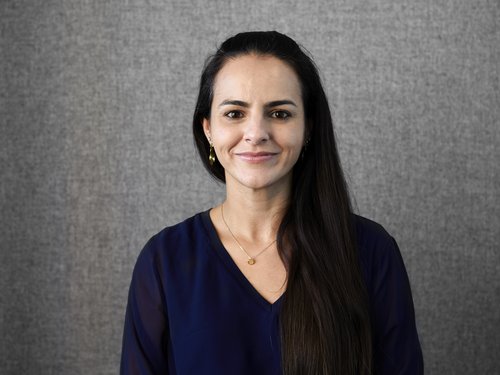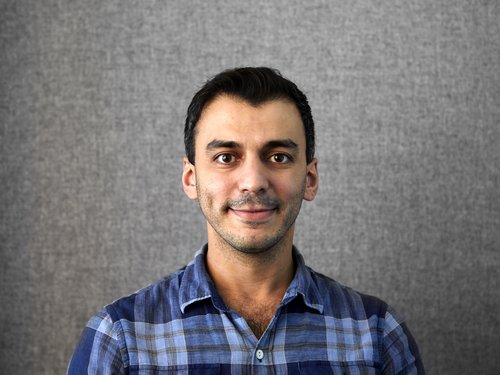Erfolg statt Engpass bei Wörwag Pharma
Böblingen, 22. Februar 2024 – Wörwag Pharma hat das Geschäftsjahr 2023 mit einem organischen Umsatzplus von 7,6 Prozent abgeschlossen – trotz der…

Wir schwören auf unsere Hands-on-Mentalität, flache Hierarchien und kurze Kommunikationswege. So wachsen wir alle zusammen: als Menschen, Teams und unser Unternehmen als Ganzes.


